Get the Lead Out
Lead is a health hazard to individuals across the age spectrum. While absorption from the GI tract is greatest in children under 2 years of age and while the outcomes of exposures are different depending on the age at exposure (and other factors), lead exposure has no place in the environment of humans.
Lead dust, as shown above, does pose a hazard to children and adults. Those most likely to experience exposure under these circumstance are younger children who touch the floors or objects or walls and then put their hands in their mouth. Also, children with atypical development, even if older than 6 years of age, may remain at risk until much older ages than typically developing peers. The dust sticks to the hands because of perspiration or oil on the skin and is then ingested when the children bring their hands to their mouths. If teachers or other staff personnel are eating off of desks or tables that have lead-containing dust on them, then those individuals will also sustain lead exposure with its attendant risks.
The presence of lead in a building populated by children, particularly children under 6, is an urgent reason to do a clean-up using best-practice procedures as described in various CDC, EPA and HUD documents. The findings of the dust wipe samples described about would serve as pre-clean up samples. There would need to be post-clean up samples to document the adequacy of the intervention.
It is very important to recognize that neither the children nor the adults exposed to these dust samples are likely to manifest overt symptoms. However, that does not mean that the children and the adults are not being harmed by these exposures. The youngest children may suffers a reduced IQ, learning disorders, attention problems and behavior problems. While the outcomes associated with exposures that begin denovo when children are 3-5 years old; i.e., the situation where a child was not exposed at home, but exposure begins whenever enrollment brings the child into these buildings, are not described as there is no data that corresponds to that scenario. However, it is very likely that they will be injured given the copious data that younger children and adult both are injured by lead exposures.
I encourage the Philadelphia school system to immediately undertake a systematic evaluation of these building; and, if the need is demonstrated, to undertake a clean-up using appropriate best-practices as spelled out in various federal government publications and as recommended on multiple occasions by the PFT.
Additional Photos
Photo 1 – Plaster & lead paint dust on 1st grade classroom floor & on supplies
Photo 2 – Plaster & lead paint dust on window sills, & other nearby surfaces
Photo 3 – Kindergarten bathroom – severely damaged lead paint on wall plaster
Photo 4 – Very close view of window sill and wall plaster and lead paint
Photo 5 – Lead-containing paint and plaster dust & debris on educational materials
Photo 5 – Damaged lead-containing paint and plaster next to ES student desk

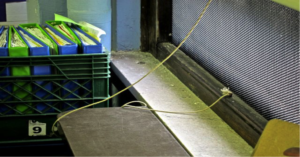
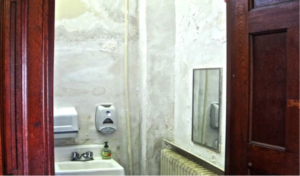
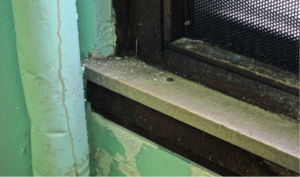
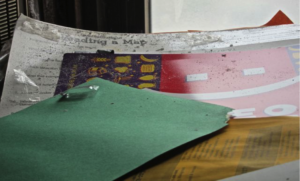
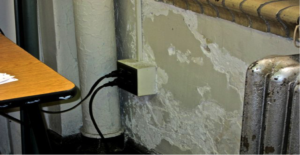
0 Comments on "Get the Lead Out"